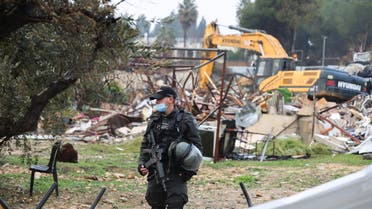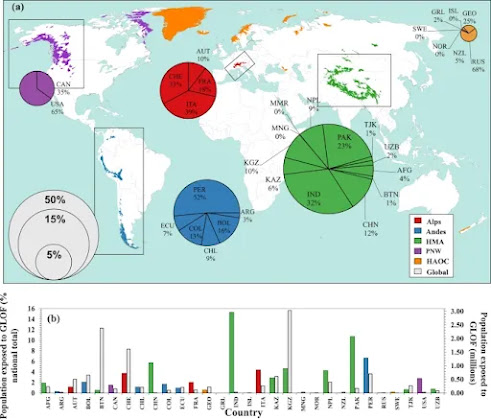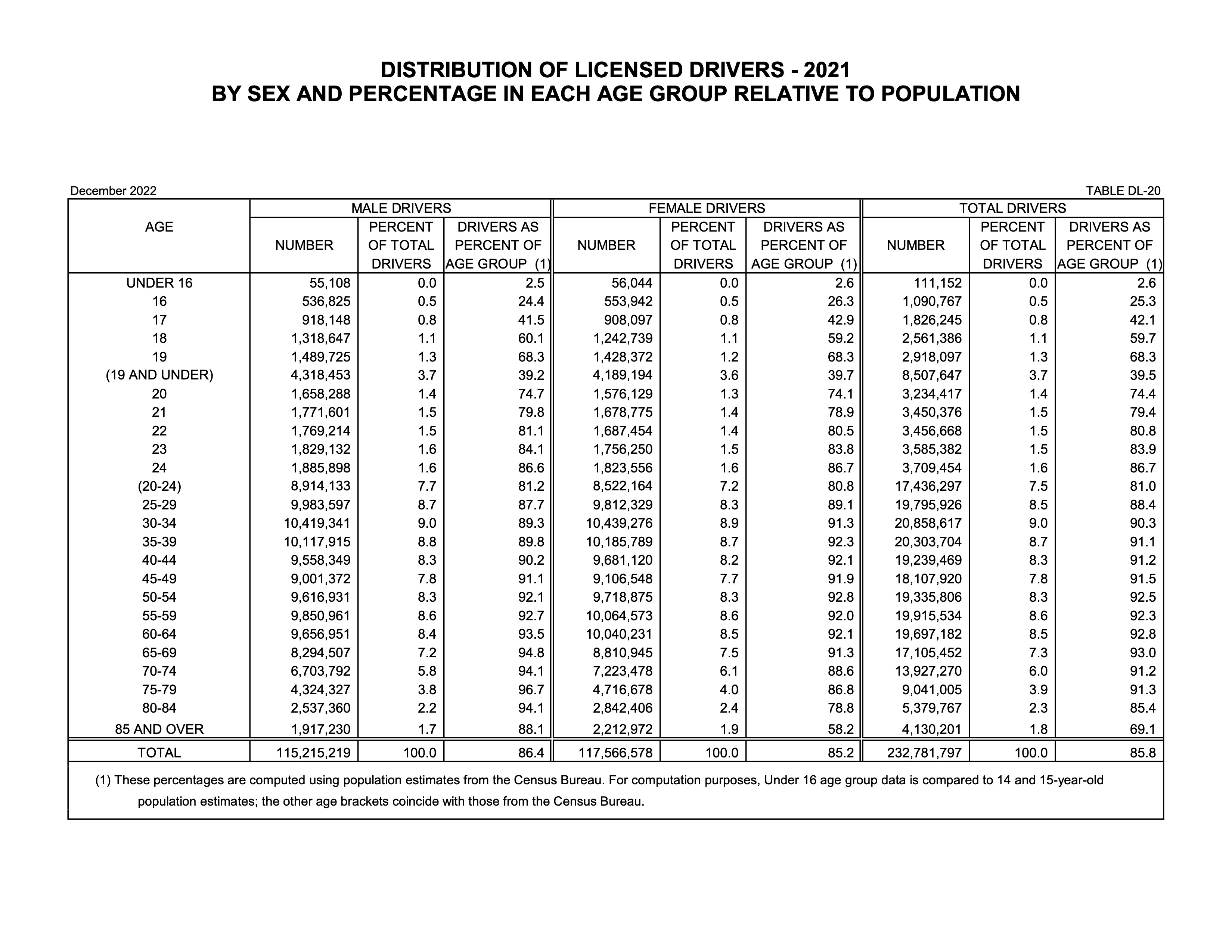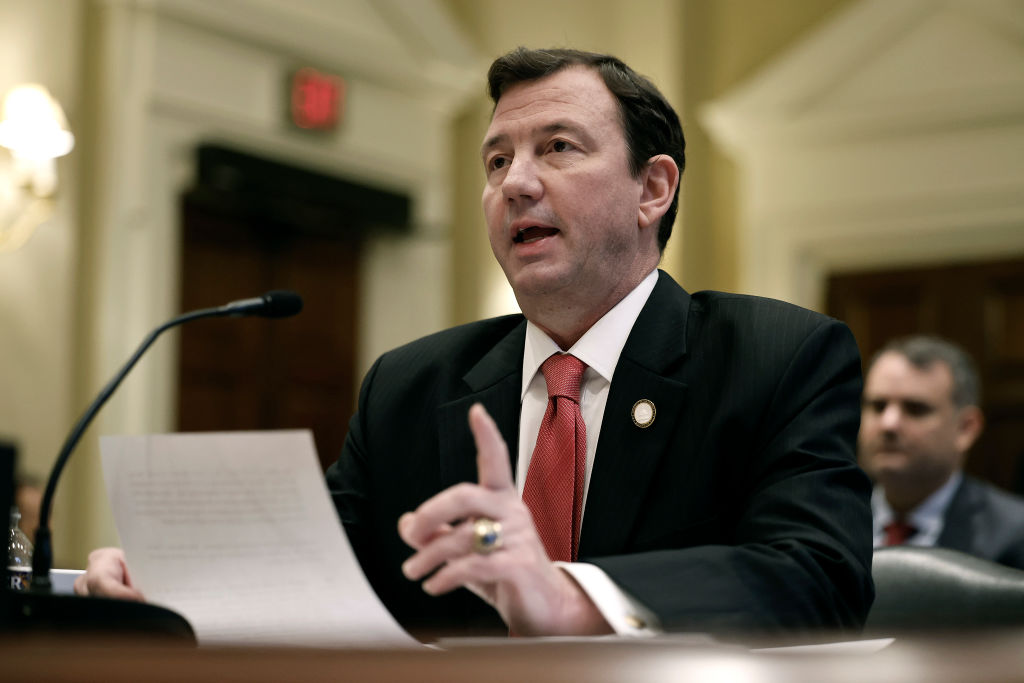Issued on: 14/02/2023 -
The last three months of 2022 saw the number of French people out of work stabilise at 7.2 percent of the active population, the lowest jobless rate recorded since 2008.
ADVERTISING
Figures released on Tuesday by the French National Institute for Statistics and Economic Studies,(Insee) show that there were 2.2 million unemployed at the end of last year, a reduction of 45,000 compared to the previous three months.
The unemployment rate has thus declined to a level last attained in the first quarter of 2008.
The national statistics agency has been careful to exclude the period of the Covid epidemic from its calculations and comparisons, since many job seekers gave up the hunt for work during the periods of confinement.
Several members of the ruling party have hailed the figures;
Prime Minister Elisabeth Borne welcomed the news, reaffirming the government's determination to get the jobless rate below 5 percent of the active population by 2027.
Labour Minister Olivier Dussopt said the statistics were good news, especially since the figures to which the present situation is being compared, in the early months of 2008, was itself unprecedented in the previous 40 years.
Good news, not great news
Not everyone has been equally enthusiastic.
Mathieu Plane, an economist at the French Observatory of Economic Indicators (OFCE), says the figures are certainly positive.
"It's better than the expected stagnation," he says, "but the margin of change is very slight."
The employment statistics are coherent when compared to last week's figures showing that the level of job creation had remained stable over the closing three months of 2022, after nearly two years of uninterrupted growth.
The Insee's employment analyst, Yves Jauneau, points to the important details concealed by the overall figures.
In particular, the employment rate in the 15-64 age bracket is 68.3 percent, the highest level since 1975.
By age group, those between 15 and 24 have seen their unemployment rate decline by one point to 17 percent; 6.5 percent of those in the 25-49 bracket are out of work, showing long-term stability; and the rate of joblessness among those over 50 is also steady, at 5 percent.








